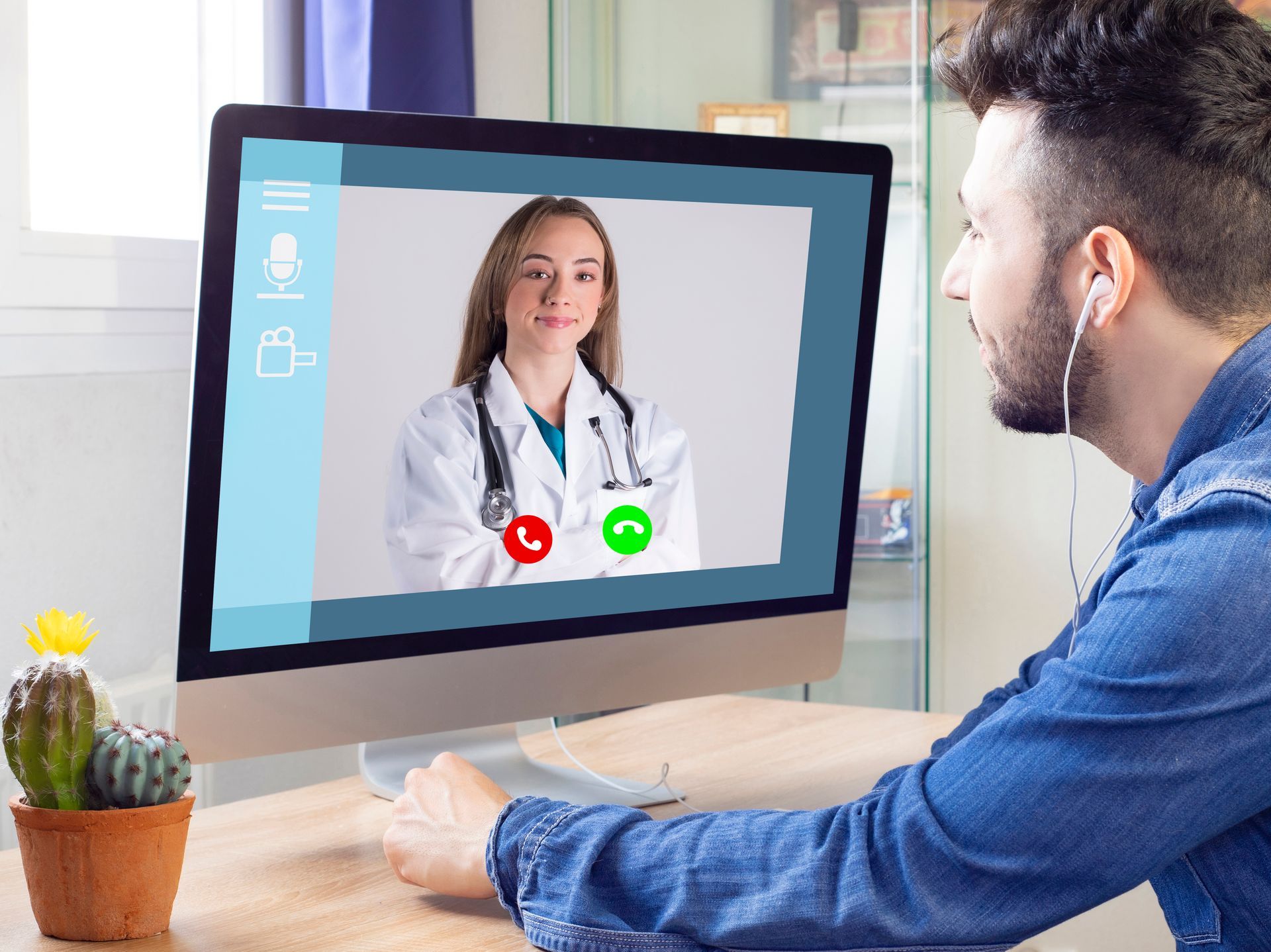Social Distancing: Why is It Critical to Combat COVID-19 Outbreak?
About COVID-19
The world is under crisis because of the coronavirus disease (COVID-19)-- a highly infectious respiratory disease. It is caused by severe acute respiratory syndrome coronavirus 2 (SARS-CoV-2) which spread started in Wuhan, China last December 2019. The symptoms of COVID-19 involve coughing, difficulty in breathing and fever. It is spread through respiratory droplets from sneezing and coughing. The disease has placed countries in lockdowns and closed down businesses. The number of affected cases is rapidly rising all over the globe. The World Health Organization (WHO) has also declared it a pandemic for its worldwide spread. The national and local governments have given preventive measures and protocols but WHO emphasizes the role and importance of “social distancing” in the fight against the virus.
What is Social Distancing?
Social distancing refers to the practice of keeping at least 1-2 meters of distance between people. The distance will help reduce the risk of you getting infected or reduce the chances of you infecting other people. This should be strictly implemented and followed for the virus can also be spread asymptomatically. A study was also conducted that showed how the virus can survive on surfaces for hours. The study states that it is detectable up to 3 hours on aerosols, on copper for up to 4 hours, on cardboard for 24 hours and lasts up to two to three days on plastic and stainless steel. You might touch a surface with the virus or on your clothes, risking the health of your family and friends that you might come in contact with.
Old people and those who have preexisting conditions experience severe and fatal symptoms of COVID-19. Conditions like heart disease, lung disease, weak immune system, diabetes, kidney disease, neurological problems and lastly, pregnant women.
How to Observe Social Distancing?
Social distancing also refers to canceling social events like birthday parties, music events, concerts, and vacations. It aims to reduce the amount of exposure from large crowds. People are forced to stay inside their homes and self-quarantine. They are allowed to go out when necessary. National governments also mandate that all companies and businesses should let their employees work from home. Malls, cinemas, and parks are closed down to avoid social gatherings. In addition, schools are suspended or continued through online classrooms to protect the welfare of children. According to the AU Department of Health, here’s how you can observe social distancing in the following:
In public
Social distancing in public means people should:
- Remain inside their home unless necessary
- Keep at least 1 meter from others
- Avoid physical contact when greeting like handshaking and hugging
- Utilize cashless transactions
- Avoid large crowds and traveling during rush hours
- Avoid groups with high risk like old people and young children
- Avoid social gatherings
- Observe proper hygiene
Households
Steps for social distancing in all homes include:
- Going out unless necessary
- Keep minimal visitors
- Opt for online shopping when buying for goods and necessities
- Consider carefully your travels or outings if it’s necessary
- Disinfect frequently the surfaces that are touched a lot such as
- Clean and adjust your air conditioning
- Improve airflow by ensuring proper ventilation and by opening windows
- If someone in your household is sick, you should:
- Keep the person in a single room
- Keep a minimal number of caretakers
- Always keep the doors closed off the room for the sick but ensure proper ventilation by opening a window
- Both the caretaker and the sick person should wear a mask
- Keep other family members from the sick person especially those who are at-risk like old people and children.
At work
If you can, work from home. If you cannot work from home and you are sick, you must not attend your workplace. You must stay at home and away from others. Steps for social distancing in the workplace include:
- Avoid shaking hands as a greeting
- Meetings should be held via video conference or phone calls
- A large meeting should be put off on a later date
- Essential meetings should be held outside in open air
- Proper cough and sneeze etiquette should be strictly observed
- Alcohol-based hand rub should be provided by the company to their employees and workers
- Consume your lunch on your desk or alone outside in open air
- Clean and disinfect commonly touched surfaces frequently as possible
- Improve ventilation by adjusting the air conditioning and opening windows
- Avoid sharing of food and limit food handling
- Unnecessary travels should be avoided
- Strict hygiene should be implemented among canteen staff and close contacts.
- Cancel or reschedule nonessential meetings
In schools
If your child is sick, they must not go to school or childcare. You must keep them at home and away from others. To reduce the spread of viruses or germs in schools:
- Always wash your hands with antibacterial soap and water or sanitize
- Cancel school activities
- Queuing should be avoided
- Cancel all-school assemblies
- Regular hand washing and sanitizing schedule should be followed
- Clean and disinfect frequently the surfaces and areas that people usually touch
- Conduct lessons via online or outside as much as possible
- Improve ventilation by adjusting the air conditioning and opening windows
- Impose strict hygiene code for canteen staff in preparing the food
Keep in touch with others
You can still keep in touch with loved ones while you practice social distancing: by
- Do frequent video chats
- Check in with your loved ones through scheduling and giving time to chat them
- Utilize social media
- You can talk to your neighbors as long as you keep a 1-2 meters distance in between
Flattening the Curve
Extensive and preventive measures are imposed to protect and stop the spread of the virus. Flattening the curve refers to the process of slowing down the spread of the disease through social distancing. This is because the hospitals are not able to cater to the rising numbers of patients. Additionally, there is a shortage of medical supplies and a lack of doctors and medical professionals. Social distancing aims to have patients come at a slower rate so that healthcare providers can save more lives and care for those who are already infected. The virus will hopefully be destroyed once the curve of those who are getting infected day by day starts to flatten and those who are left will be able to recover.
DrCatalyst Cares
We are here to help in your time of need. You can lean on DrCatalyst for any and all the help that you may need. We offer our COVID-19 Outreach Program Services that will surely help your practice especially during this time of global crisis. Let’s help save lives and join forces in the fight against the coronavirus pandemic.
Useful Links
Contact
3100 Carr 199, STE 202
San Juan, PR 00926-7660
United States
Useful Links
DrCatalyst | All Rights Reserved.
Contact
3100 Carr 199, STE 202
San Juan, PR 00926-7660
United States
Useful Links
DrCatalyst | All Rights Reserved.














